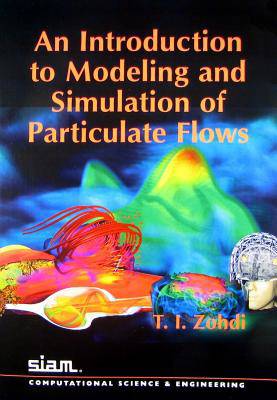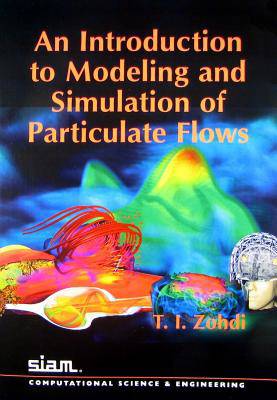
- Afhalen na 1 uur in een winkel met voorraad
- Gratis thuislevering in België vanaf € 30
- Ruim aanbod met 7 miljoen producten
- Afhalen na 1 uur in een winkel met voorraad
- Gratis thuislevering in België vanaf € 30
- Ruim aanbod met 7 miljoen producten
Zoeken
An Introduction to the Modelling and Simulation of Particulate Flows
T I Zohdi
€ 202,95
+ 405 punten
Omschrijving
The computational power available now for mathematical modeling and simulation raises the possibility that modern numerical methods can play a significant role in the analysis of complex particulate flows. Such flows naturally occur in astrophysics and geophysics; powder processing pharmaceutical industries; bio-, micro- and nanotechnologies; and applications arising from the study of spray processes involving aerosols, sputtering, and epitaxy. This advanced introduction focuses on basic models and physically-based computational solution strategies for the direct and rapid simulation of flowing particulate media. The book will be welcomed by computational scientists, numerical analysts, and applied mathematicians and will be of interest to civil and mechanical engineers and materials scientists. It is also suitable for first-year graduate students in the applied sciences, engineering, and applied mathematics who have an interest in the computational analysis of complex particulate flows.
Specificaties
Betrokkenen
- Auteur(s):
- Uitgeverij:
Inhoud
- Aantal bladzijden:
- 184
- Taal:
- Engels
- Reeks:
- Reeksnummer:
- nr. 4
Eigenschappen
- Productcode (EAN):
- 9780898716276
- Verschijningsdatum:
- 19/07/2007
- Uitvoering:
- Paperback
- Formaat:
- Trade paperback (VS)
- Afmetingen:
- 178 mm x 251 mm
- Gewicht:
- 385 g

Alleen bij Standaard Boekhandel
+ 405 punten op je klantenkaart van Standaard Boekhandel
Beoordelingen
We publiceren alleen reviews die voldoen aan de voorwaarden voor reviews. Bekijk onze voorwaarden voor reviews.











